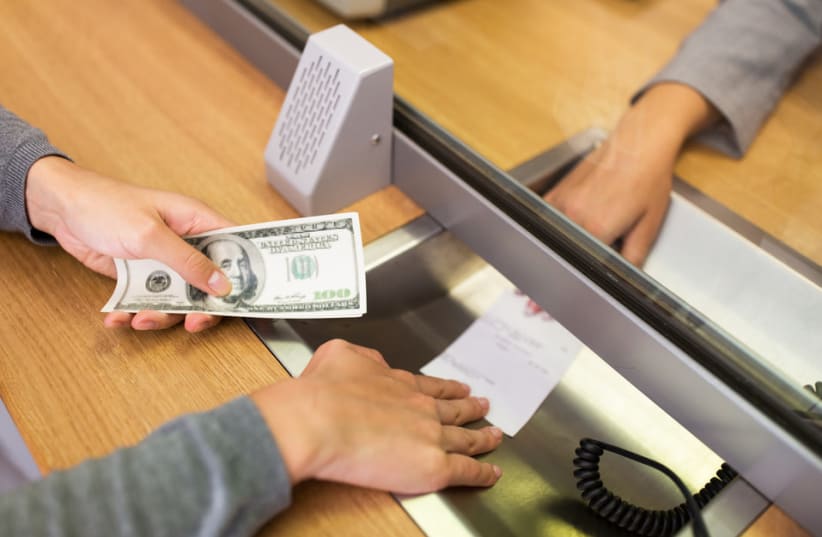The recent collapse of San Francisco-based First Republic Bank has put the spotlight on the safety of customers’ money in US banks. This is the third bank to fail in the past two months, raising concerns for many customers who fear they may lose their hard-earned savings.
Silicon Valley Bank and Signature Bank, which primarily served the tech industry, had collapsed in March under similar circumstances. With these events on their minds, customers are beginning to question whether their money is safe in banks at all.
If a bank is FDIC insured, customers with less than $250,000 in their accounts are protected, and in the event of a bank failure, they will get their money back. Nearly all banks are FDIC insured, and customers can look for the FDIC logo at bank teller windows or the entrance to their bank branch.
Most of First Republic Bank's assets are being acquired by JPMorgan, and the FDIC has assured customers that they will be able to access all of their money. This news comes as a relief for those who had deposits above the $250,000 limit set by the Federal Deposit Insurance Corporation (FDIC).
Credit unions, on the other hand, are insured by the National Credit Union Administration. Customers with more than $250,000 in individual accounts at one bank will have the amount over $250,000 considered uninsured. However, if a customer has multiple individual accounts at the same bank, such as a savings account and certificate of deposit, those accounts are added together, and the total is insured up to $250,000.
If customers are worried about their bank closing in the near future, they can look out for some red flags. Caleb Silver, editor-in-chief of Investopedia, suggests watching the bank's stock price, keeping an eye on the quarterly and annual reports, and setting up a Google alert for the bank in case there are news stories about it. These actions will enable customers to pay close attention to their bank's behavior.
If a customer has more than $250,000 in their bank, they can open a joint account with someone else, such as their spouse, to protect up to $500,000. Alternatively, they can move their money to another financial institution and have up to $250,000 in each account to ensure their money is insured by the FDIC. Experts advise against withdrawing cash from your account as it is safer to keep your money in financial institutions, especially when the amount is insured.
The FDIC says that historically, it has returned insured deposits within a few days of a bank closing. In the event of a bank failure, the FDIC will either provide that amount in a new account at another insured bank or issue a check.
Customers should also examine the types of investments they have in their bank to know how much of their assets are insured by the FDIC. The FDIC offers an electronic deposit insurance estimator to understand how much of your money is insured per financial institution.
It is essential to note that FDIC deposit insurance covers personal and payday loans, checking accounts, Negotiable Order of Withdrawal (NOW) accounts, savings accounts, money market deposit accounts (MMDAs), certificates of deposit (CDs), cashier's cheques, money orders, and other official items issued by an insured bank.
However, it does not cover stock investments, bond investments, mutual funds, life insurance policies, annuities, municipal securities, safe deposit boxes, their contents, US Treasury bills, bonds, or notes, and crypto assets.
This article was written in cooperation with Tudor Lodge Digital
